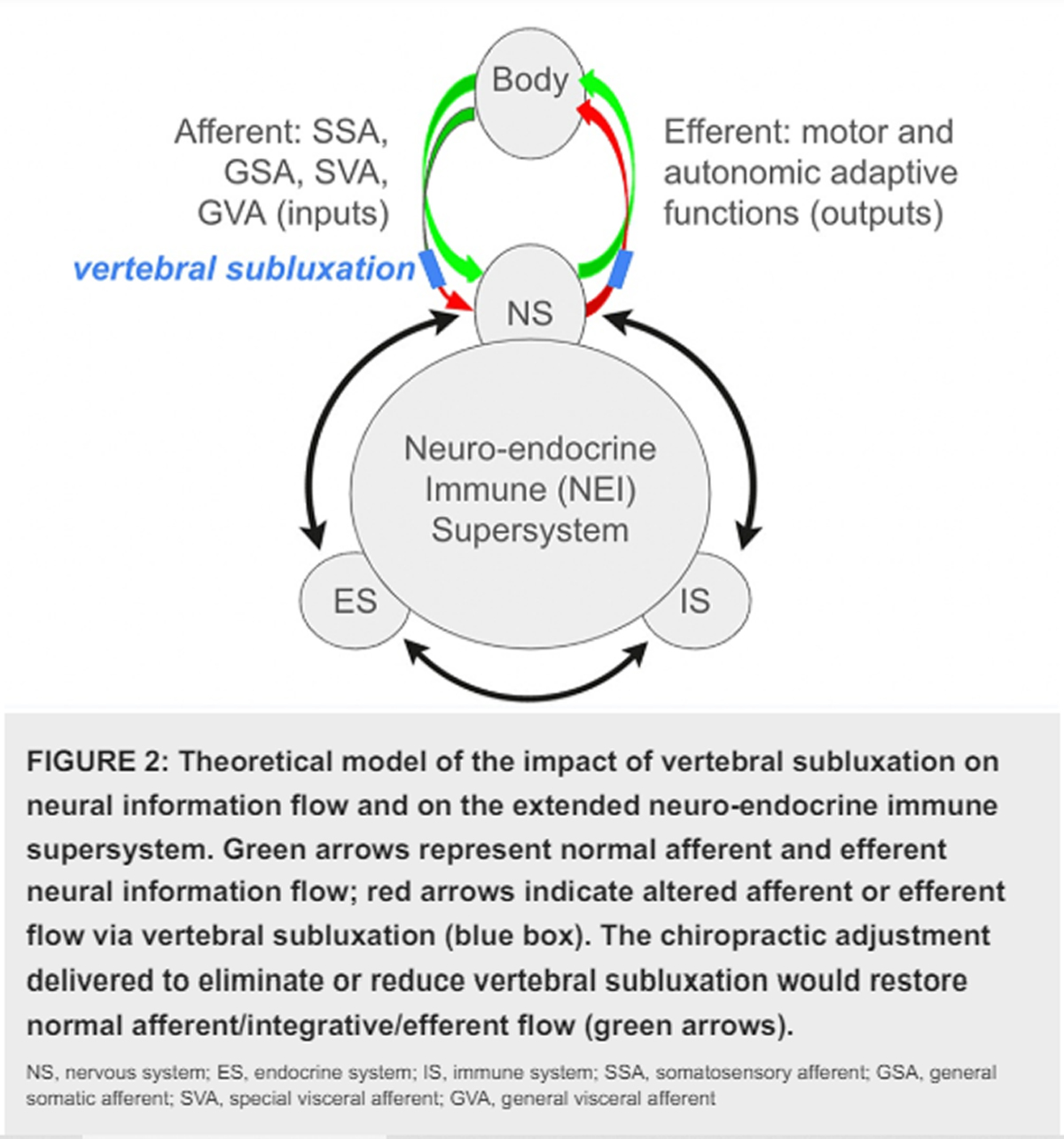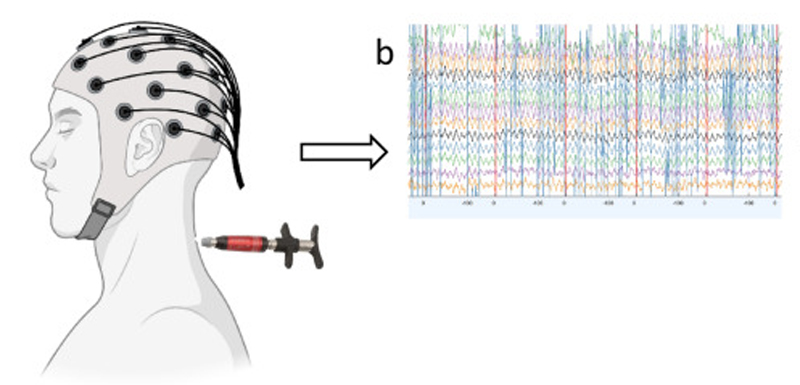Upper Extremity Technique: Adjustment of Upper Extremity Joint Subluxations-Fixations
We would all like to thank Dr. Richard C. Schafer, DC, PhD, FICC for his lifetime commitment to the profession. In the future we will continue to add materials from RC’s copyrighted books for your use.
This is Chapter 2 from RC’s best-selling book:
“Upper Extremity Technique”
These materials are provided as a service to our profession. There is no charge for individuals to copy and file these materials. However, they cannot be sold or used in any group or commercial venture without written permission from ACAPress.
Chapter 2: Adjustment of Upper Extremity Joint Subluxations-Fixations
This chapter describes adjustive therapy as it applies to articular malpositions of the lateral clavicle, shoulder, elbow, wrist, and hand. Manipulations to free areas of fixation are also covered.
Screening Tests for the Upper Extremity as a Whole
The Shoulder Girdle
As with other areas of the body, it is good procedure during observation to first note the general characteristics and then inspect for details. Visualize the anatomy involved while observing the overall bilateral symmetry, rhythm of motion, swing during gait, smoothness in reach, patterns of pain, and general circulatory and neurologic signs. Inspect for gross abnormal limb rotation or adduction. Note skin discolorations, masses, scars, blebs, swellings and lumps, abrasions, and overt signs of underlying pathology. Carefully note the biomechanical relationship of the neck with the shoulder girdle and both with the thorax. Observation should be conducted on all sides.
With the patient sitting, inspect the anterior aspect of the shoulder girdle starting with the clavicle. A fracture or dislocation at either the medial or lateral end of the clavicle is usually quite obvious by the apparent change in contour and exaggerated round shoulders to protect movement. Note the normally symmetrical fullness and roundness of the anterior aspect of the deltoid as it drapes from the acromion over the greater tuberosity of the humerus. Unusual prominence of the greater tuberosity of the humerus suggests deltoid atrophy, while a sharp change in contour unilaterally suggests dislocation. A forward displacement of the tuberosity exhibits an indentation under the point of the shoulder and a loss of normal lateral contour. The most common points of abnormal tenderness are at the acromioclavicular joint and in the rotator cuff.
To test the general integrity of the shoulders, have the patient place the hands on top of the head and pull the elbows backward. This will be painful, if not impossible, in shoulder bursitis, arthritis, and rotator-cuff strains. Apley’s scratch test is another good screening procedure. Note if the scapula and humerus move in harmony.
Branch points out that spasm above or over the scapula will be readily recognized if the examiner observes the patient from the back during horizontal abduction. If such spasm exists (eg, from cervical radiculitis), horizontal abduction of the arm will occur with little motion of the scapula. However, if the origin of pain is within the shoulder, a “shrugging” motion occurs, in which the apex of the scapula sharply swings laterally but glenohumeral motion is restricted.
The Elbow and Forearm
The normal carrying angle of the elbow is about 5 for men and 12 for women. An increase in the angle (cubitus valgus), commonly results from a lateral condyle fracture; a decrease in the angle (cubitus varus), which is more common, portrays a characteristic “gunstock” deformity, which is likely the result of a supracondylar fracture or malunion during youth.
Inspect for deep burn scars that may have resulted in contractures, needle-puncture marks, overall contour abnormalities, lumps, skin texture changes, and other signs of pathology. A localized soft bump on the olecranon process points toward olecranon bursitis, while the first considerations in widespread diffuse swelling about the elbow are an elbow crush injury or fracture of the distal humerus.
If the patient can hold the arms at the sides of the body and comfortably pronate/supinate the forearms with the palms open and fingers extended through a full range of motion, the elbows can initially be considered functionally normal.
The Wrist, Hand, and Fingers
The hands, being the least protected and most active parts of the upper extremity, are easily injured. Observe the hands in their rest attitude and during functioning such as in writing, undressing, and shaking hands. Note the bony framework, contours, finger webbing, muscle development, and color and texture of the skin. Inspect for abnormal skin temperature, swellings, nodes, asymmetrical development or deformities, scars, contractures, and nail abnormalities or discolorations.
What first appears to be a deep erythema prominent over the heel of the hand that spreads laterally over the thenar eminence, may be deep spider-like telangiectases that are commonly associated with pregnancy, hepatic cirrhosis, and rheumatic heart disease. Check for Bouchard’s nodes and swan-neck deformity (rheumatoid arthritis) or Heberden’s nodes (osteoarthritis). Inspect the fingertips and nails for signs of infection such as felons or hangnails that may complicate the picture. Allen’s’ test can quickly appraise the general vascular integrity of the radial and ulnar arteries in the hands.
If the patient can extend the hands and fingers and then make a fist with each hand and flip the wrists back and forth, the wrists and hands can initially be considered functionally normal. Almost any wrist, metacarpal, or phalangeal disorder will interfere with these maneuvers to some degree.
Active and Passive Range of Motion
Active range of joint motion should be tested for the shoulder girdle, elbow, wrist, and fingers. If active motion is normal, there is usually no need to test passive motion unless unusual circumstances exist which make active motion difficult. Complete patient relaxation is necessary to obtain an accurate judgment of range of motion because tension will produce considerable motion restriction. As in all range of motion tests, passive motion should not be attempted if there is any possibility of fracture, dislocation, or severe tears. It is important during all tests that the examiner form a mental picture of the underlying anatomy and normal motion.
The most common causes of motion restriction are muscle weakness, spasm, contractures, fracture, or dislocation. In muscle weakness, a joint will move through its normal range passively but not actively. Consistent active and passive restriction is likely to be the result of a bony or soft-tissue block, and the atrophy present will most likely be from disuse. With passive movement, bone blocks will feel as abrupt inflexible stops in motion, while extra-articular soft-tissue blocks will be less abrupt and slightly flexible when additional pressure is applied.
| Review the complete Chapter (including sketches and Tables) at the ACAPress website |





I adjust the shoulder while the patient is supine and then I put my hand between the scapula, then flex the elbow and induce a force medial to lateral. Great adjustment for the shoulder.
Palmer had an extremity class while I was there (90-93) and the LACC (now SCUHS) rehab diplomate program had several units that involved mobilizations and adjustments to the shoulder girdle. There’s nothing like a one-on-one demonstration in the classroom setting to help intergrate the subtle nature of joint assessment.